Amazon Ads has introduced a new Video Generator (beta) within its Demand-Side Platform (DSP), enabling advertisers to quickly produce high-quality video ads with minimal effort and at no extra cost. The feature allows brands to generate professional-level 15-second videos by simply using a product image or ASIN – without requiring a full production setup.
This AI-powered tool draws on product information from Amazon’s catalog, including product detail pages, A+ content, and other data, to automatically build multi-scene creatives with text animations, background music, and stylized transitions. Advertisers can customize elements such as titles, fonts, colors, and logo placement, ensuring that the resulting video ads remain consistent with their brand identity. According to Amazon, a single asset can be used to generate up to six distinct video variations within minutes.
Users can access the Video Generator directly through the Amazon DSP’s online-video campaign workflow. The open-beta launch is currently available in the United States.
Why This Matters for B2B Marketing & Advertising
Amazon’s move to offer a built-in generative video tool in its DSP has several important implications — especially for B2B marketers, agencies, and businesses operating in the digital advertising space.
Lower Creative Barriers, Democratizing Video Ads
Historically, producing video content required a financial and logistical commitment — hiring videographers, designing storyboards, and more. For many B2B brands, especially smaller or product-driven companies, creative production can be a bottleneck. With Amazon’s Video Generator, even companies without in-house video production teams can now generate polished video ads easily.
This democratization of video production is a game-changer. B2B businesses can:
- Quickly turn existing product images into compelling video ads.
- Experiment with video formats without incurring high production costs.
- Scale video campaigns across product lines or regions more efficiently.
For agencies, this reduces creative friction and speeds up campaign development, enabling faster turnaround and more testing cycles.
Also Read: Sprinklr and SAMY Expand Strategic Alliance to Deliver Next-Gen Customer Experience Solutions
AI-Generated Videos Anchored in Retail Insights
Video Generator uses Amazon’s product catalog and detail-page data. This ensures the videos are based on real product information. The AI makes visuals that are unique. It uses real retail data and detailed descriptions.
For B2B advertisers, this is especially important because:
- The videos are likely to be accurate and relevant to the product story.
- Agencies and marketers can ensure brand consistency with Amazon’s detailed product metadata.
- Videos can show real product features. This helps in B2B buying journeys because accuracy is key for decision-makers.
Scalability and Cost Efficiency
The Video Generator is free and lets marketers create many variations from one input. This helps B2B marketers boost creative production:
- Run A/B tests with various video versions to improve performance.
- Make video ads for different SKUs or product lines without manual effort.
- Shift creative budgets from video production to key areas like targeting, analytics, or content.
This cost-saving method helps mid-market B2B firms use video. They can employ it for demand generation and brand marketing, making it accessible, not just a luxury for larger companies.
Faster Time to Campaign Activation
Time is often critical when launching product campaigns, promotions, or seasonal marketing. With this new tool, B2B brands can accelerate their time to go-live:
- No need to wait for traditional video production cycles.
- Rapid generation of creatives means campaigns can be launched quickly.
- Marketing teams can respond fast to market opportunities, such as product launches or events, by generating fresh video content virtually on demand.
This agility is particularly useful for B2B companies experiencing fast innovation cycles or frequent product updates.
Creative Consistency Across Formats
Because the Video Generator is built into Amazon’s DSP and uses the brand’s own product data, marketers can ensure that the creative output is consistent with their broader branding efforts. For example:
- Logos, color schemes, and messaging can be maintained across video variants.
- Creative teams can reuse or repurpose elements across display, video, and other formats (especially if they are already using other Amazon generative tools).
- This consistency builds brand recall and strengthens ad effectiveness even when scaling across many products or campaigns.
Challenges & Strategic Considerations
This feature has potential, but B2B brands and agencies face some challenges:
- Quality vs. Control: AI videos may lack the depth and storytelling of well-crafted campaigns. Brands should decide when to use automated videos or invest in custom content.
- Regulatory/Compliance Risks: In healthcare and finance, automated videos from product page text may need compliance checks. This ensures accuracy and follows messaging guidelines.
- Testing & Optimization: Marketers must test all six video variants to find the best ones. This requires solid analytics frameworks.
- Adoption & Training: Teams might need training to effectively use the generator. This helps them integrate it into their existing DSP and creative workflows.
Broader Implications for the Advertising Ecosystem
- Drive for Generative AI Adoption: Amazon’s Video Generator is another signal of how generative AI is becoming a mainstream part of ad tech. As creative tools become more accessible, more advertisers will lean into AI to scale and experiment.
- Competitive Pressure: Other DSPs and ad tech companies may need to accelerate their generative creative offerings. Amazon’s offering raises the bar for self-service video creative.
- Creative Agencies’ Role Evolves: With lower barriers to video, agencies might shift towards strategy, testing, optimization, and targeting — rather than just producing creative assets.
- Inclusivity in Ad Creative: Smaller B2B players or niche brands without big creative budgets can now compete on video ad formats, leveling the playing field in video advertising.
Conclusion
Amazon’s launch of the Video Generator (beta) in its DSP is a big step for ad creatives. It uses AI, integrates well with retail data, and is available to many advertisers. This tool helps B2B marketers and agencies by reducing production barriers. It speeds up campaign execution and makes video strategies more affordable.
As video becomes increasingly central in digital marketing, Amazon’s generative solution could redefine how brands of all sizes build and deploy creative. For businesses ready to embrace AI-powered video, this could be the key to unlocking richer, more agile, and more consistent video advertising — without the high cost and complexity of traditional production.
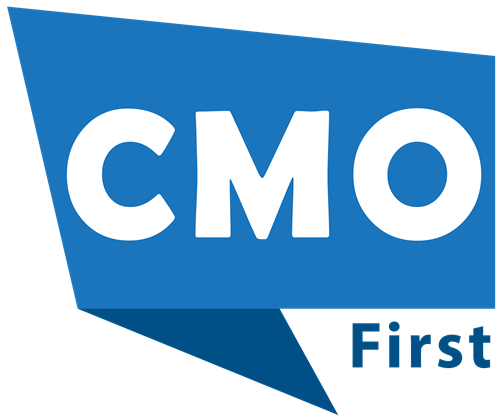




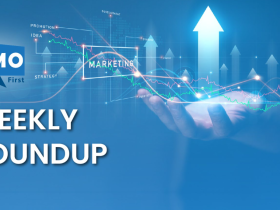





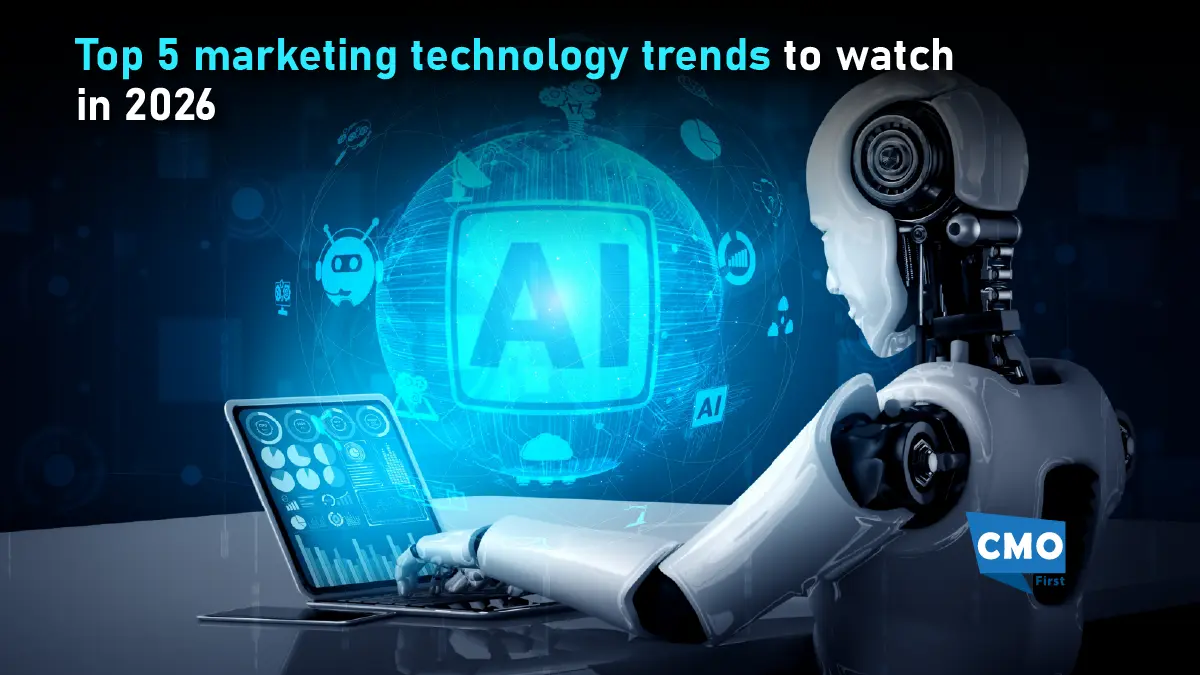
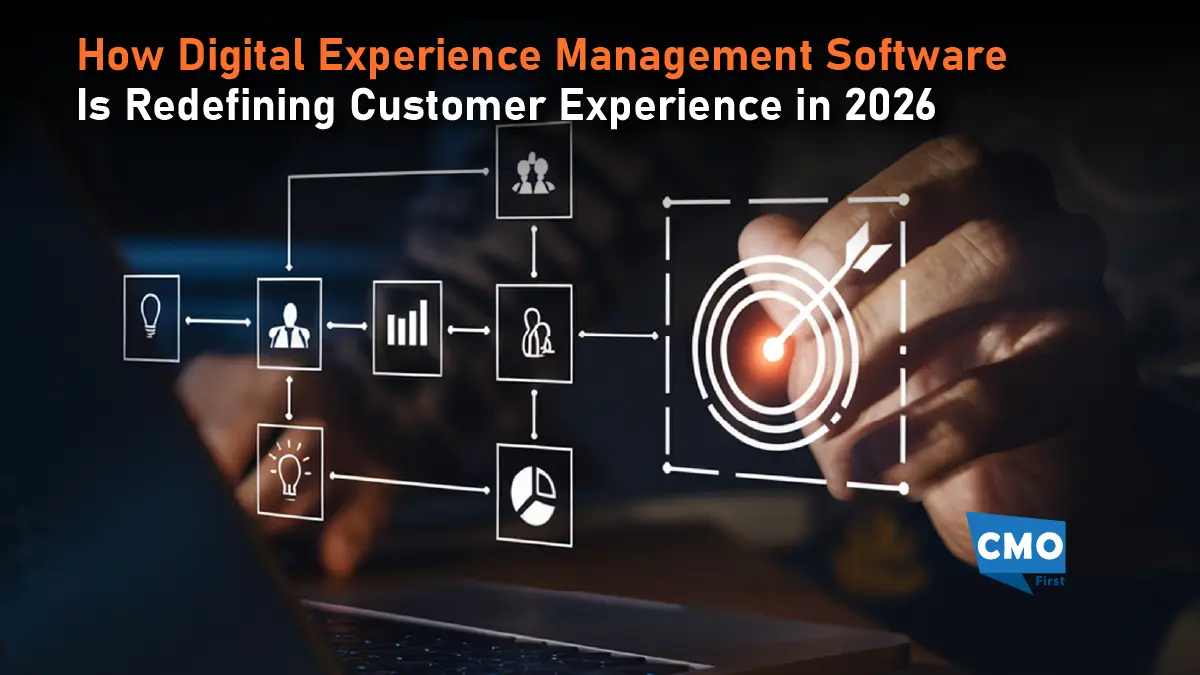
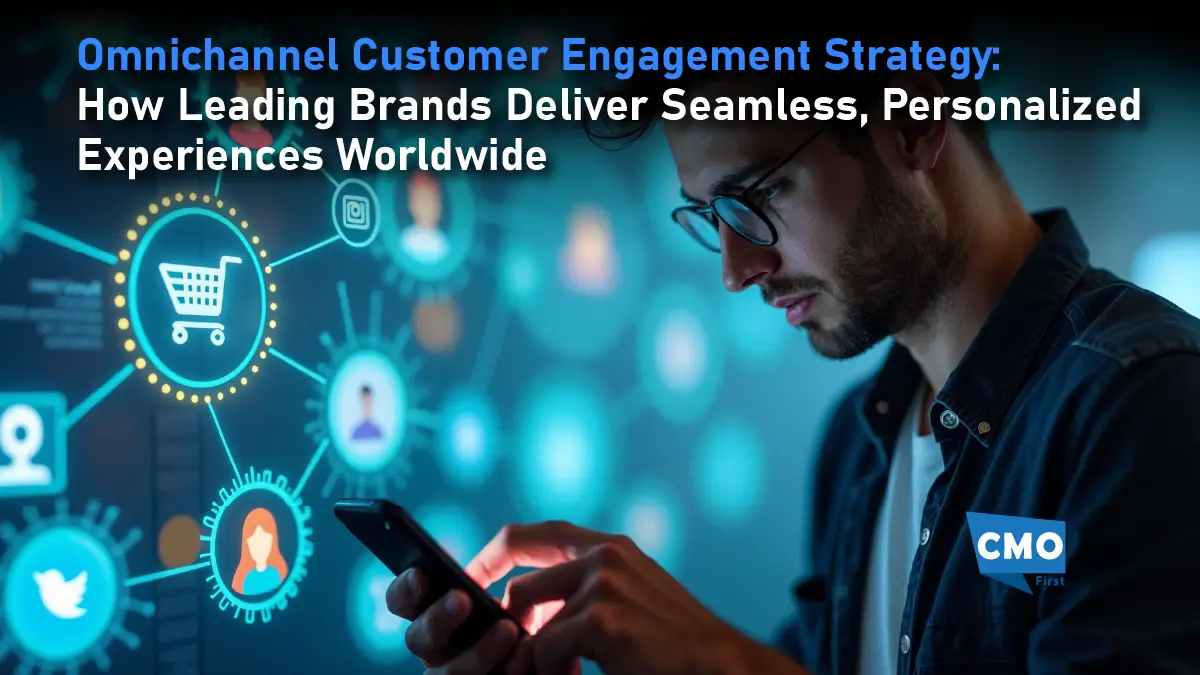
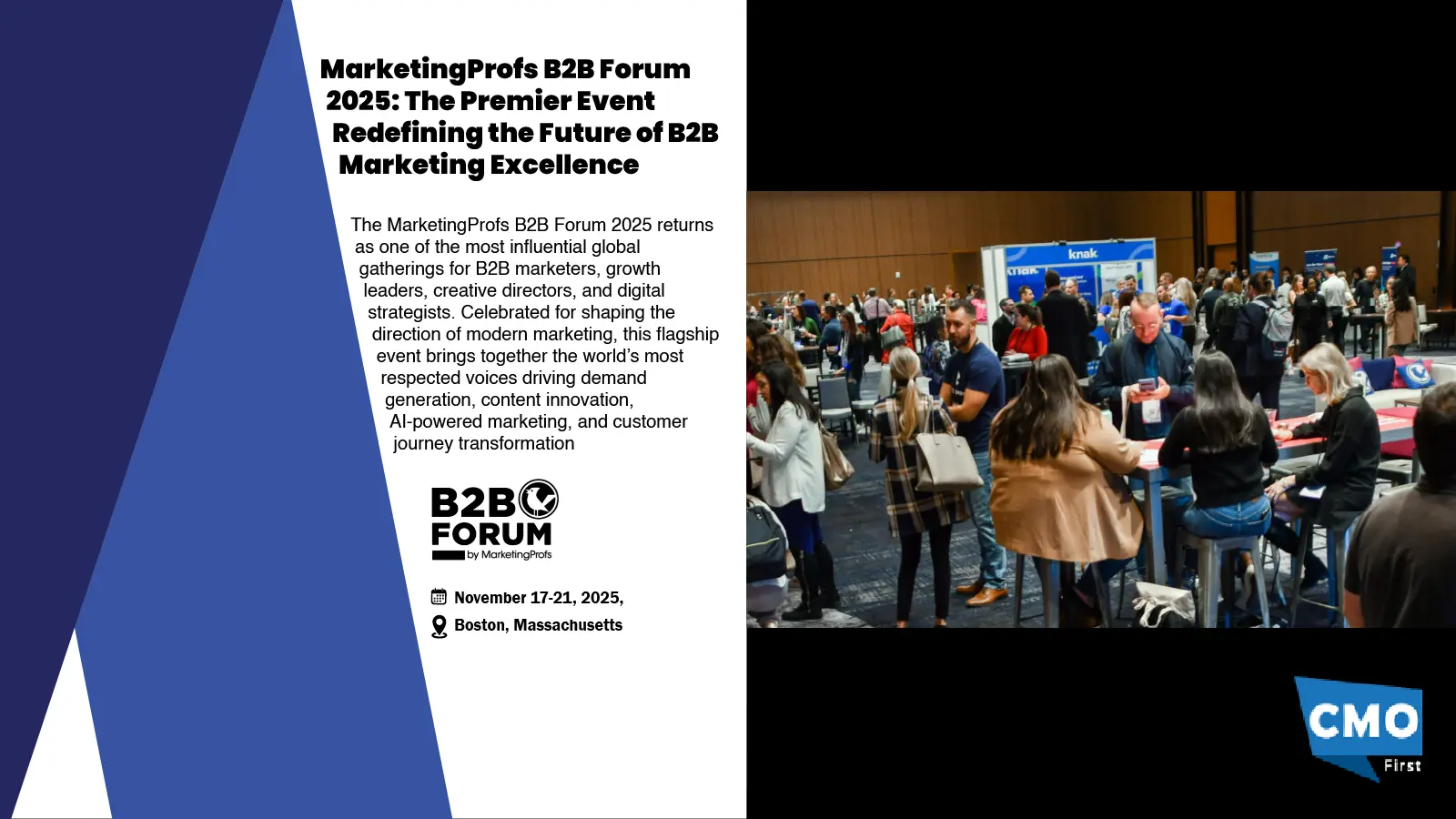
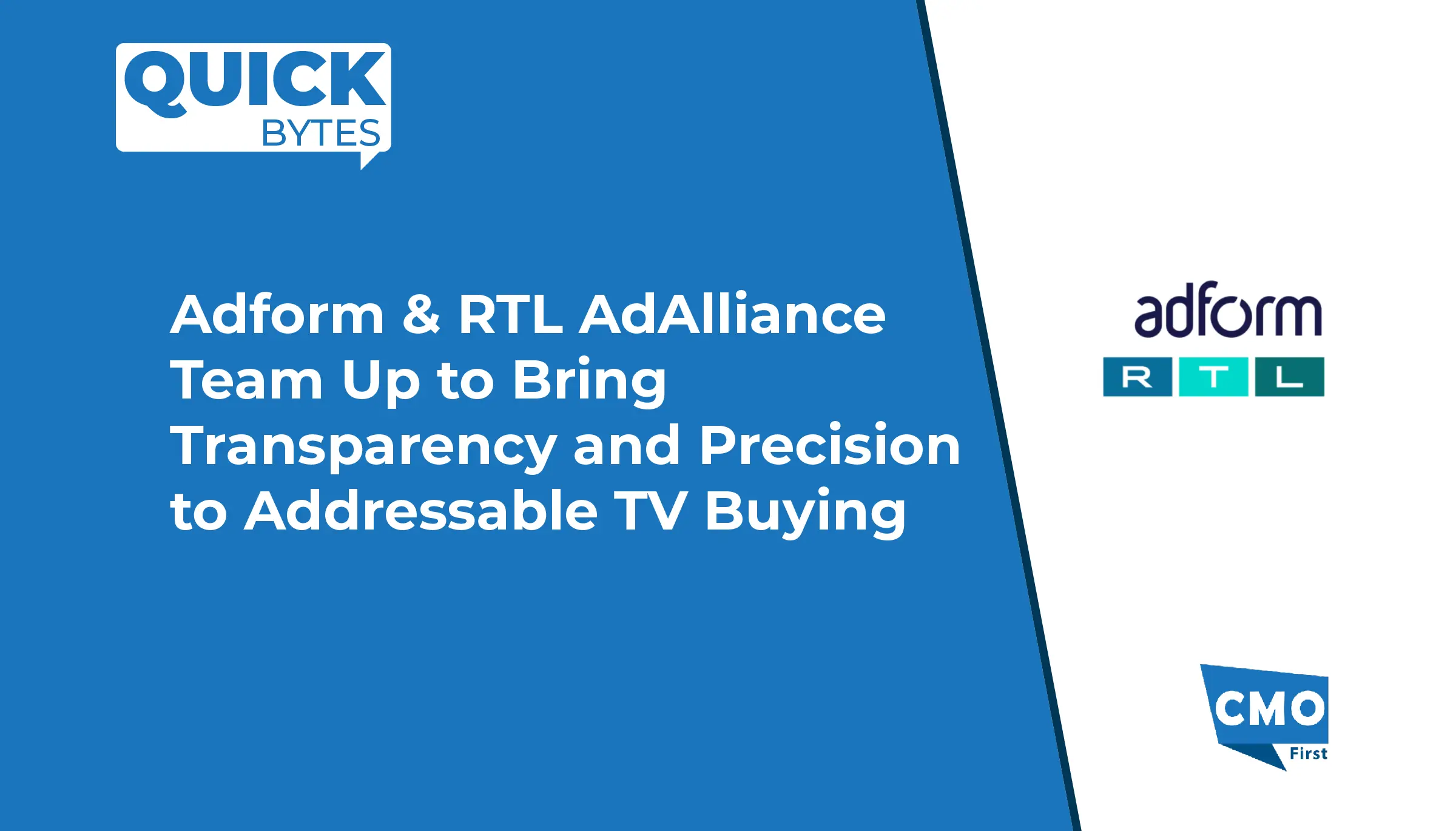
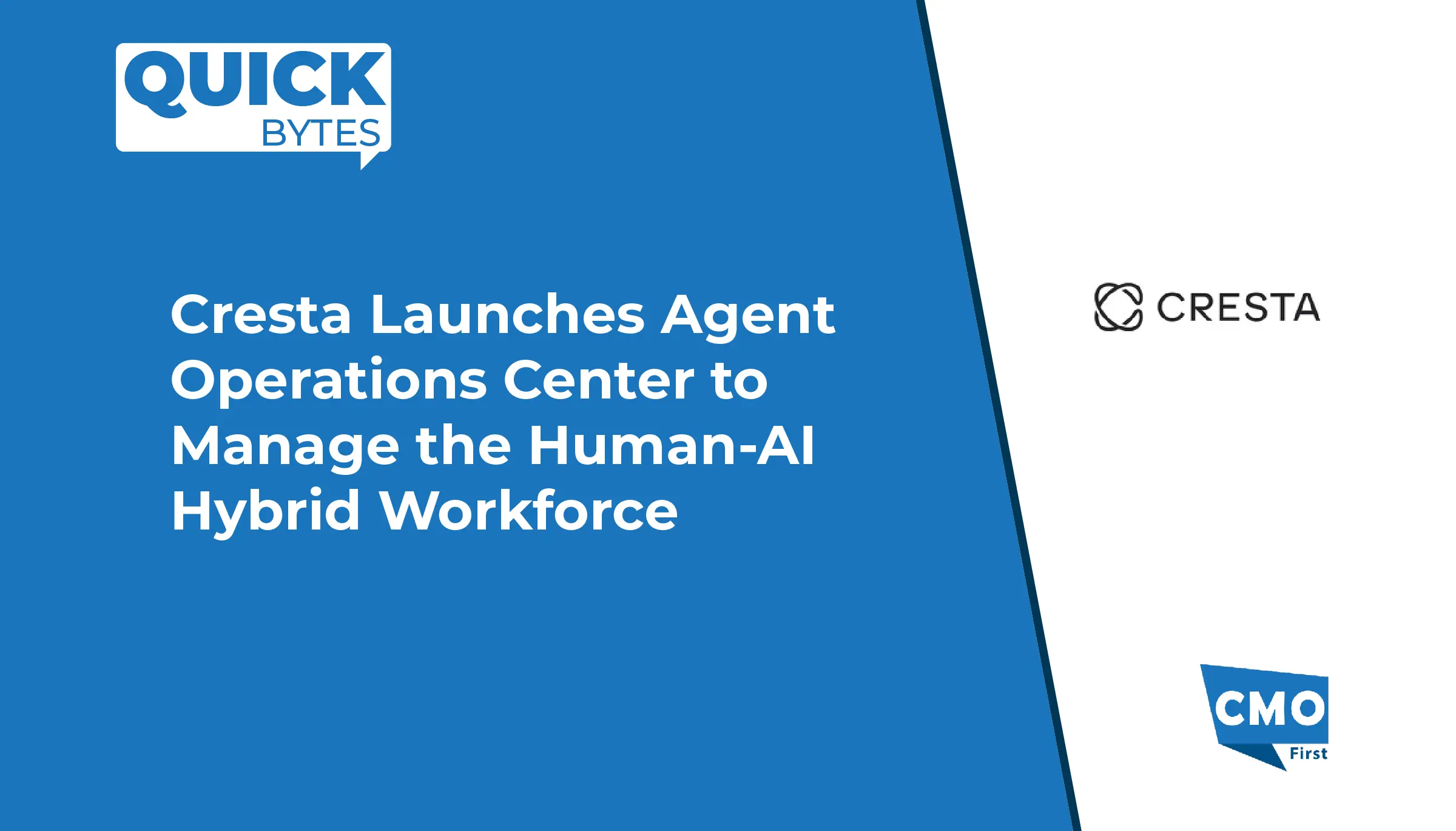
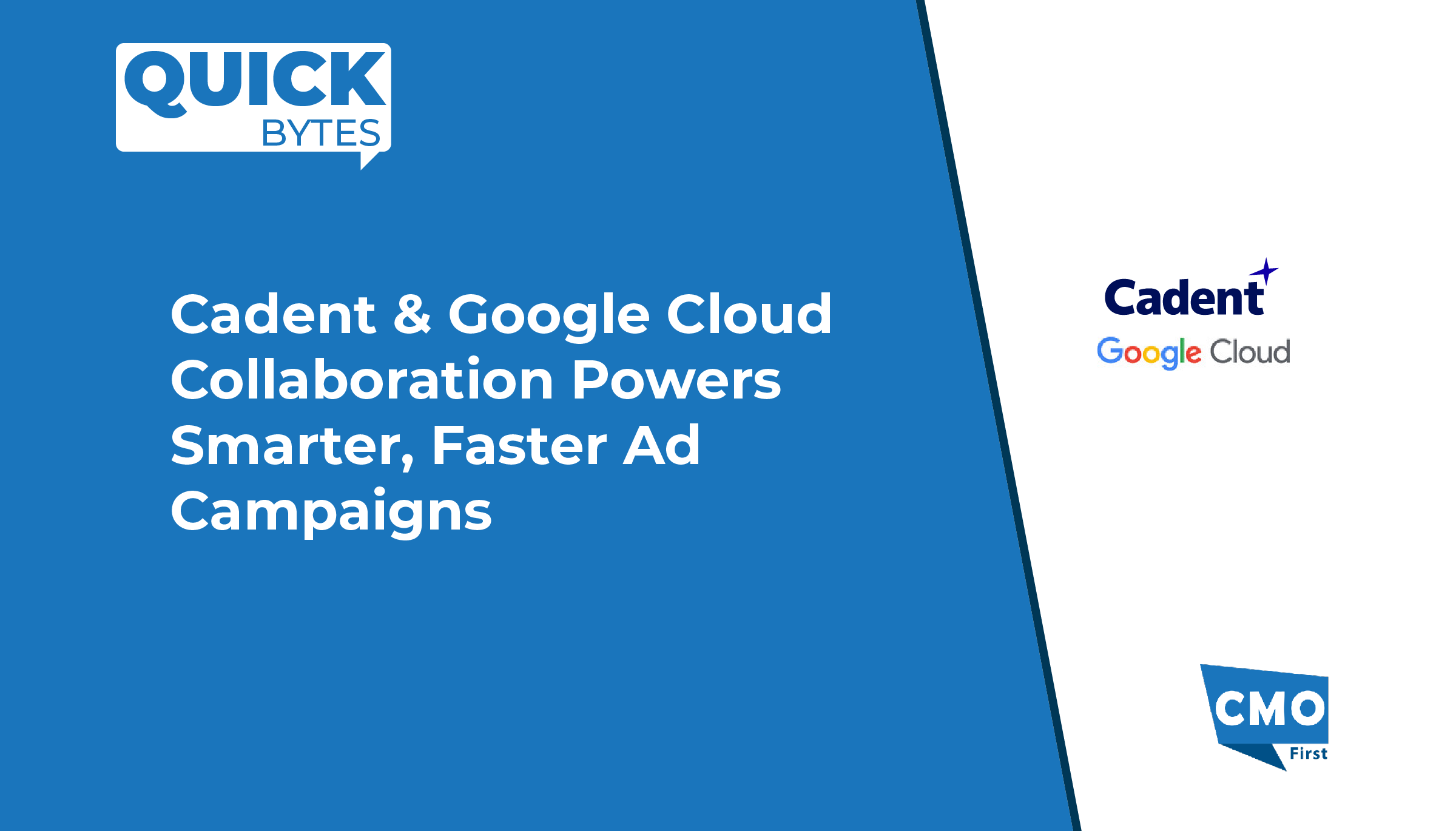
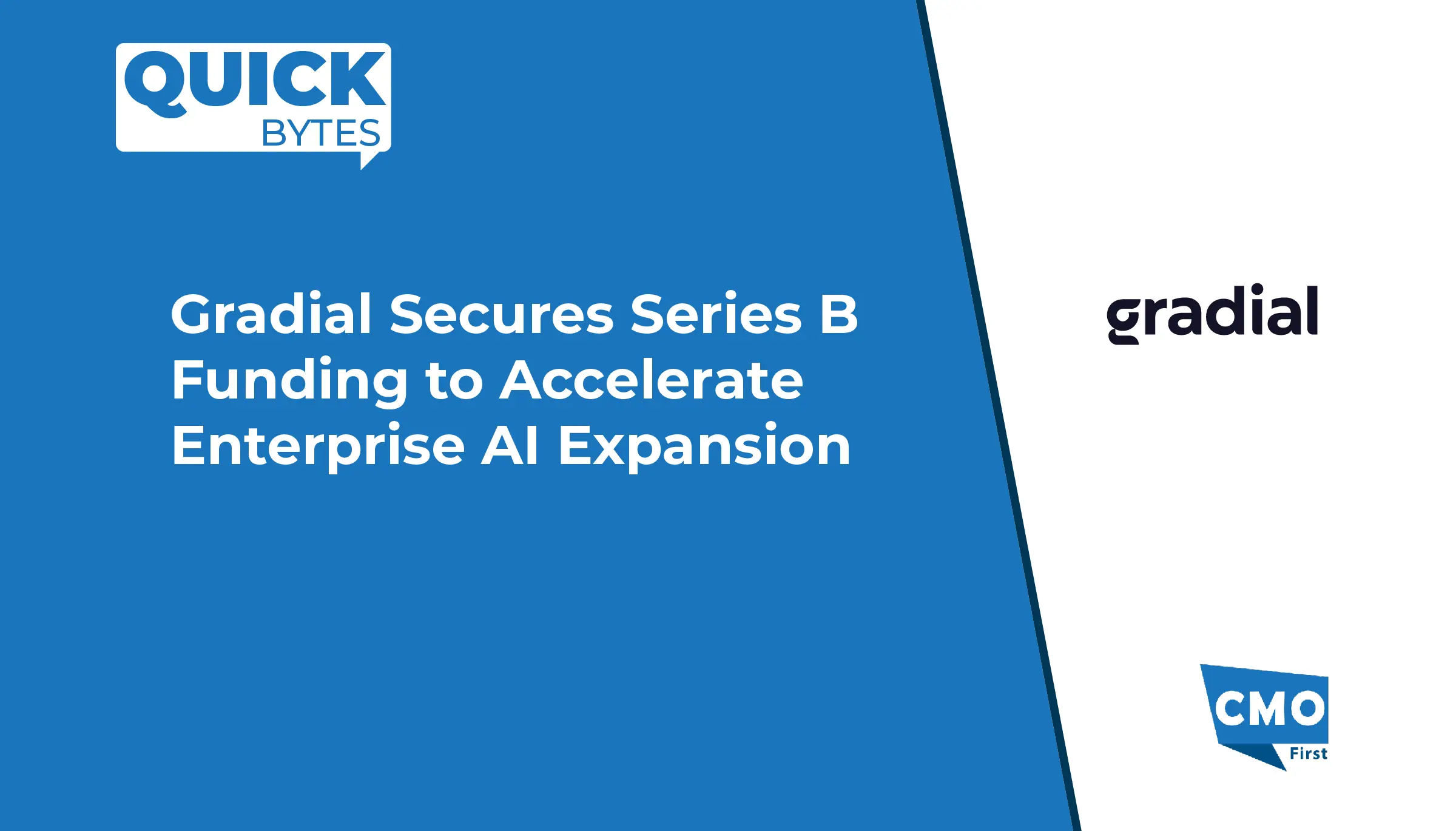
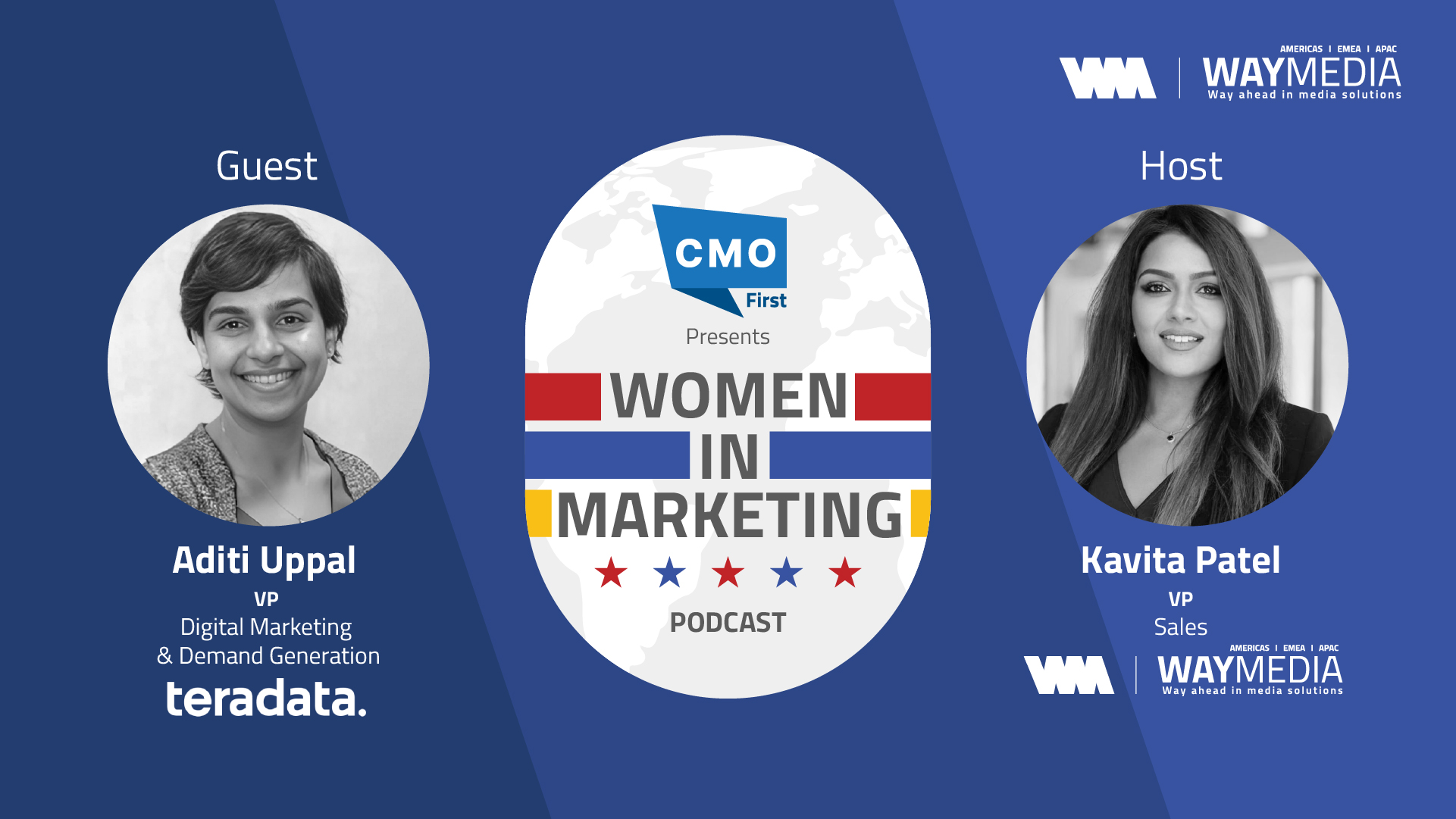



Leave a Reply